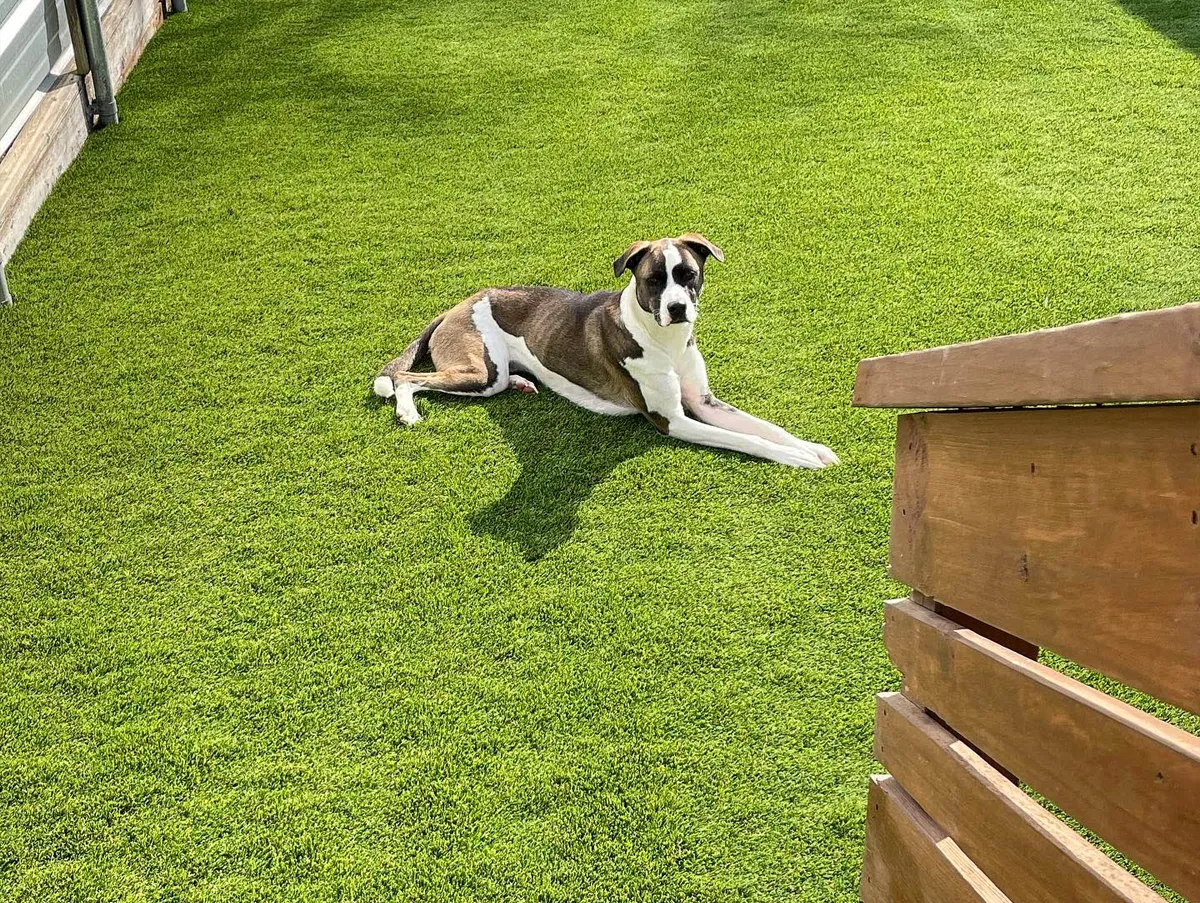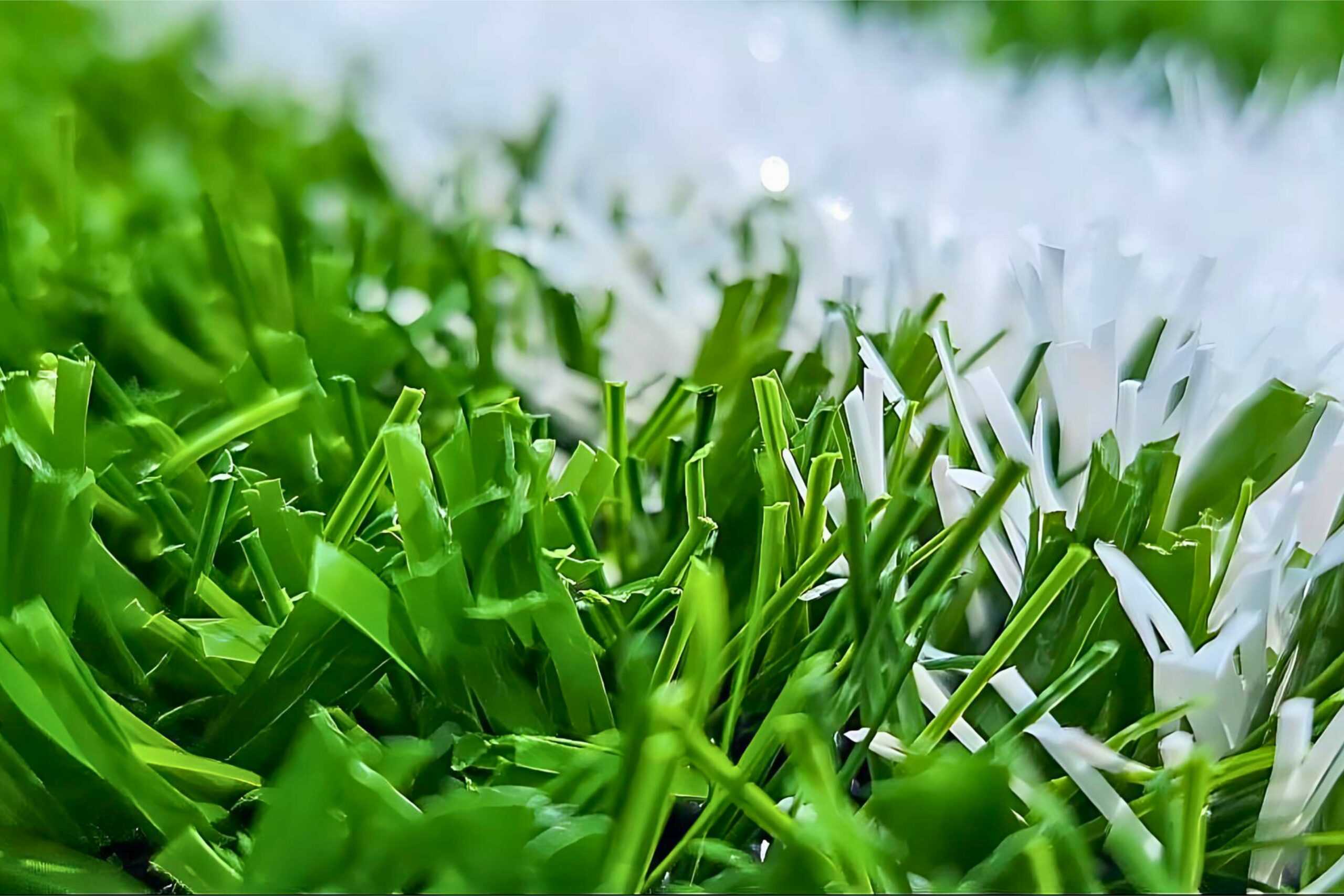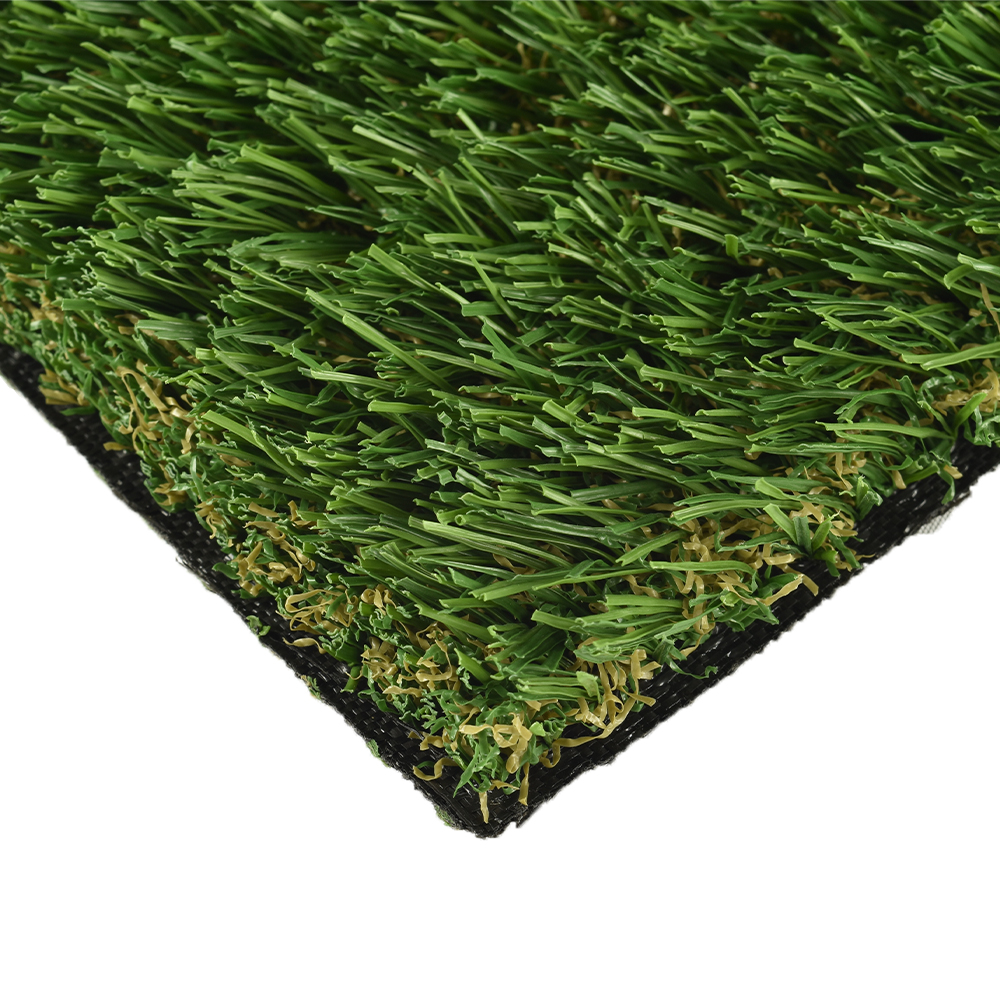Enhance Your Outdoor Space with Arizona Artificial Turf for a Lush Green Look
Enhance Your Outdoor Space with Arizona Artificial Turf for a Lush Green Look
Blog Article
See Why Homeowners Prefer Artificial Lawn for Sustainable Landscaping Practices
As property owners progressively focus on sustainability in landscape design, artificial lawn has actually emerged as an engaging option to typical lawn. What stays to be explored is the full scope of advantages that man-made turf can offer to homeowners and the environment alike.
Water Conservation Benefits
Among the most substantial benefits of synthetic grass is its duty in water preservation. Standard grass lawns call for significant quantities of water to preserve their lush appearance, typically resulting in overuse of neighborhood water resources, especially in deserts. In contrast, artificial lawn removes this need entirely, as it does not require irrigation. This not only preserves water however also reduces the stress on community water systems, particularly during drought conditions.
In addition, the installment of synthetic grass can add to an extra lasting landscape. Homeowners can considerably reduce their water expenses, permitting reallocation of sources to various other environmental efforts or home usages. Additionally, synthetic lawn is developed to withstand numerous weather conditions without the requirement for supplemental watering, making it a suitable selection for regions encountering water scarcity.
The ecological benefits expand beyond prompt water savings. By minimizing water usage, man-made turf aids to minimize the influences of environment change, protecting essential environments that are intimidated by excessive water extraction. As sustainable landscaping practices gain traction, fabricated grass becomes a liable choice for property owners looking for to develop green outside rooms.
Decreased Maintenance Efforts
Fabricated grass substantially decreases upkeep initiatives contrasted to typical grass yards. With man-made lawn, house owners can get rid of the lengthy tasks related to natural landscaping, such as mowing, feeding, and weeding. This not just conserves important time but additionally minimizes physical labor, making yard care available for people of any ages.
Standard lawns require constant trimming to keep an aesthetically pleasing elevation, whereas artificial grass remains consistently lush without the demand for reducing. Furthermore, house owners no longer require to apply chemicals or plant foods, which are frequently required to maintain natural turf healthy.
Additionally, fabricated turf is sturdy and resistant, calling for minimal maintenance beyond occasional cleaning and rinsing to eliminate debris. This ease of upkeep allows home owners to enjoy their outside spaces without the constant worry of maintenance, supplying even more time for recreation and household tasks. Inevitably, the reduced maintenance efforts associated with synthetic grass make it an enticing choice for those seeking a low-maintenance, aesthetically appealing landscape.

Environmental Effect Decrease
There is a growing recognition of the environmental benefits associated with synthetic grass, specifically in terms of water preservation and reduced chemical use. Standard grass call for considerable amounts of water, specifically in drought-prone areas, leading to boosted pressure on regional water sources. On the other hand, artificial lawn removes the need for irrigation, significantly decreasing water usage and advertising sustainability.
In addition, conventional grass upkeep often includes the application of fertilizers, herbicides, and pesticides, which can add to soil and water click this contamination. Man-made grass mitigates this ecological hazard by needing marginal upkeep and basically eliminating the requirement for hazardous chemicals. This not just enhances soil health however additionally safeguards regional ecological communities from hazardous drainage.
Furthermore, the manufacturing of natural grass lawns generally involves making use of fossil fuels for trimming and landscape design devices, more adding to greenhouse gas emissions. By choosing artificial turf, property owners can considerably lower their carbon footprint associated with yard care tasks.
Visual Charm and Convenience
Along like this with its environmental benefits, man-made lawn offers significant aesthetic appeal and versatility for landscape design. Homeowners can attain a rich, green look year-round, getting rid of the seasonal changes generally connected with natural lawn. This regular aesthetic not only enhances the visual allure of a residential property but additionally contributes to a properly maintained and polished look.
Additionally, man-made turf is available in a selection of textures, designs, and colors, permitting modification to suit individual choices and layout styles - Arizona artificial turf. Whether used in household gardens, business rooms, or recreational areas, it can effortlessly incorporate right into diverse landscaping designs, from contemporary minimalist to lush tropical setups
The flexibility of fabricated lawn extends past simple appearance; it can be mounted in different locations, consisting of roofs, patios, and also interior areas, creating opportunities for distinct landscape design remedies. In addition, it is ideal for an array of activities, from children's backyard to pet-friendly environments, giving performance without jeopardizing design.
Inevitably, the visual allure and adaptability of man-made grass make it an attractive option for property owners looking for lasting landscape design services that do not sacrifice elegance for ecological obligation.

Long-Term Expense Financial Savings
Among the most engaging benefits of synthetic grass is its possibility for lasting price savings. Unlike all-natural grass, which requires regular upkeep-- consisting of mowing, watering, feeding, and insect control-- synthetic grass significantly decreases these continuous costs. Property you can try here owners can conserve a significant amount on water costs, particularly in regions where water shortage is a pressing problem. The elimination of yard care solutions further adds to economic cost savings, as there is no requirement for specialized tools or labor.
Furthermore, fabricated lawn has a life expectancy of 15 to 25 years, depending upon its top quality and use. This resilience decreases replacement expenses, making it a much more affordable selection over time. The initial investment in man-made turf can frequently be recovered through the cost savings accrued over time.
While the upfront cost may seem higher contrasted to sod installment, the collective financial savings from decreased upkeep and water usage commonly outweigh these preliminary expenses. Ultimately, the adoption of man-made turf not only advertises a sustainable landscaping solution however likewise supplies property owners a financially wise alternative that aligns with lasting budgeting objectives.
Conclusion
Artificial turf arises as a compelling option for lasting landscaping, offering significant benefits in water conservation, lowered maintenance efforts, and decreased environmental influence. As areas significantly focus on environmentally pleasant practices, the adoption of synthetic grass represents a dynamic step toward accomplishing lasting and resistant landscapes.
Furthermore, synthetic grass is developed to hold up against different weather problems without the need for additional watering, making it a suitable selection for regions dealing with water shortage. (Arizona artificial turf)

Fabricated turf emerges as an engaging alternative for sustainable landscaping, supplying significant benefits in water preservation, reduced upkeep initiatives, and decreased ecological effect.
Report this page